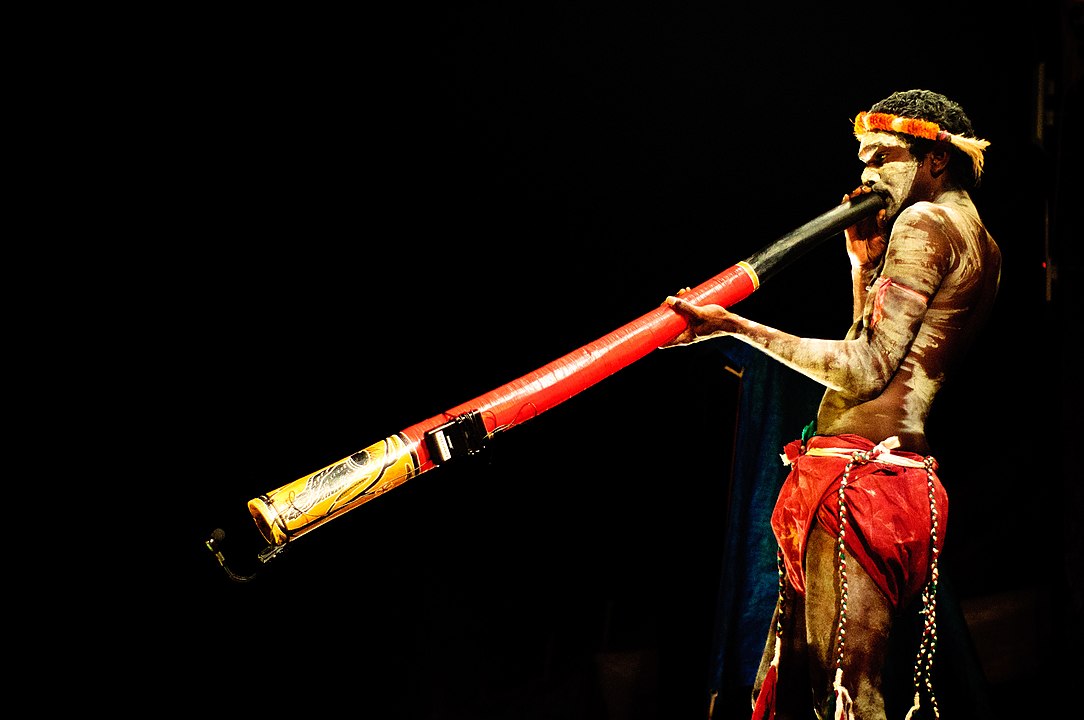On May 27, 1967, Australia held a landmark constitutional referendum to finally recognize Aboriginal people as citizens and allow federal advocacy of Indigenous rights. Hand-held stopwatches timed the critical ballot counting that changed history.
The referendum represented an overdue watershed moment for Aboriginal rights. Let’s revisit how stopwatches captured Australia’s vote heard ’round the world that fateful day.

The Long Road to Reform
From Australia’s colonial beginnings, Indigenous peoples suffered oppression and inequality without recognition under the law. Despite ongoing mistreatment, Aboriginals remained loyal to their ancient homelands.
Yet they were excluded from basic rights and policies causing profound disadvantage. By the 1960s, First Nations peoples mobilized activist campaigns for reform and earned growing public empathy.
In 1967, the Australian government under Prime Minister Harold Holt proposed a referendum on two constitutional amendments:
- Include Aboriginal people in census population counts
- Empower federal parliament to legislate Indigenous affairs
These reforms would finally acknowledge Aboriginals as rightful citizens and enable national advancement of equality.
The Path to the Ballot Box
In the lead-up to the referendum, a coordinated civic campaign galvanized public support through education, petition drives, and grassroots advocacy.
Key proponents like Faith Bandler mobilized voters to seize the watershed opportunity. Turnout and approval would affirm Australia’s character.
Though facing structural barriers, Indigenous activists persevered, realizing the vote could prove transformational. Bandler recounted the momentum by saying:
“We knew that what we had to do was get the people in the dustbowls, the people in the remote areas, even those who were living on stations and pastoral properties, to vote yes.”
Faith Bandler
With bipartisan endorsement, the landmark referendum went forward on May 27, 1967. Australia stood on the verge of meaningful reform by empowering its most marginalized. Now the people would have their say at ballot boxes nationwide.
Election Day Commences
On the brisk Saturday election morning, volunteers rose before dawn to setup polling stations across Australia’s vast countryside and cities. They laid out simple cardboard ballot boxes awaiting voters.
To accommodate remote areas, some travel to stations with makeshift mobile voting booths. Meanwhile, city locales saw lines grow outside local schools and halls.
As the sun rose, Australians of all backgrounds came out in remarkable numbers, some traveling many miles to participate and make their voice heard. Though only two simple reforms were proposed, citizens grasped the gravity and wider meaning.
Timing the Counting
To close the polls at the federally mandated time, officials synchronized stopwatches to precisely mark 8PM when voting must end. These mechanical stopwatches were the only technology available to accurately govern election operations.
At 8pm, the officials stopped their stopwatches in unison and locked the ballot boxes bearing paper votes from millions of Australians. The counting was ready to commence using manual techniques guided by the stopwatches.
Vote counters manually tallied each paper ballot one by one, with volunteer oversight to validate results. Again, stopwatches timed the meticulous counting work to provide uniform pacing and prevent errors.
Periodically, scrutineers compared their stopwatches to maintain alignment as the hours ticked by. The incremental counts were completely reliant on the accuracy and consistency of the stopwatches.
A Watershed Result
As vote tallies compiled through the night, the referendum result became clear – an overwhelming majority approved the reforms, with over 90% voting yes nationally.
The landslide outcome more than doubled expectations. After 11 grueling hours, the stopwatches finally signaled the counting complete early Sunday morning. The people had spoken resoundingly.
The momentous result brought tears of joy and renewed optimism across First Nations communities. Their rights as co-custodians of the ancient land were affirmed alongside fellow Australians.
Banandler reflected: “It took so long for it to sink in…We were delirious with joy for days as if we had just been let out of prison.” At last, chains of oppression dissolved opening the road ahead.
Consequences of the Watershed Vote
Passage of the 1967 referendum proved a major milestone for reconciliation and opportunity. The reforms enabled massive leaps forward like:
- Repeal of discriminatory policies that dispossessed Indigenous families
- Return of ancestral lands through the Aboriginal Land Rights Act
- Equal access to social services and voting rights
- Funding for Indigenous health, education, and legal programs
- Preservation of Aboriginal heritage and culture
By timed stopwatches, Australia chose morality over prejudice and took the first step on a long but hopeful road to justice. The referendum fostered healing by acknowledging universal human dignity.
Fifty-five years later, Australia still grapples with residual inequality and disadvantage. But the 1967 referendum reminder that progress emerges from ordinary people joining in brotherhood. On that day, stopwatches timed a vote and vision pointing the way forward.
